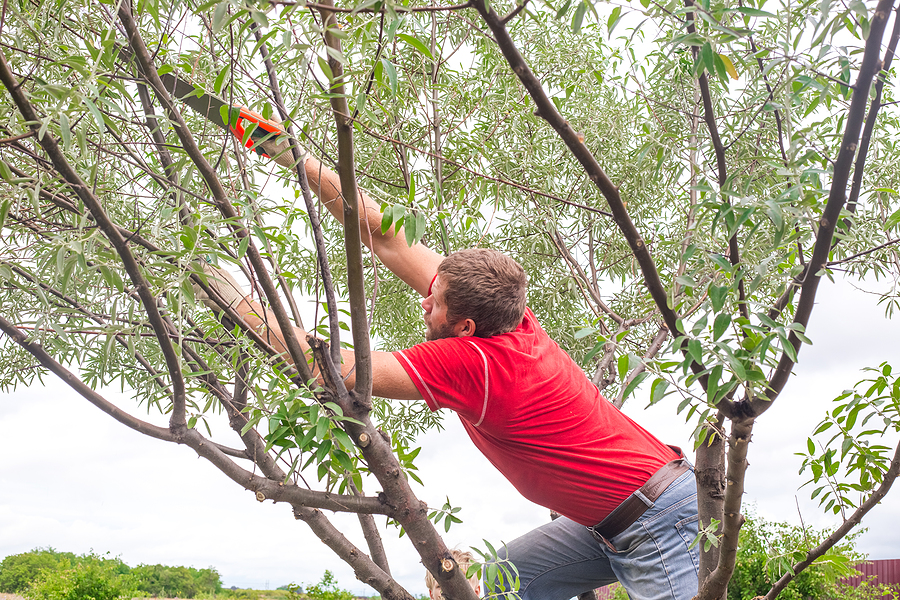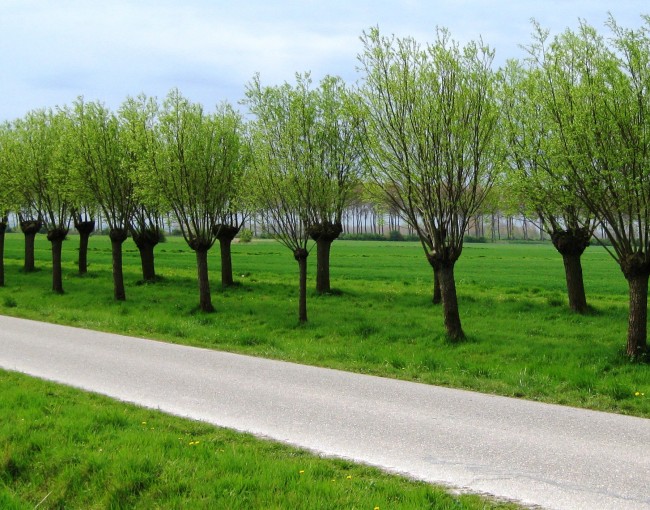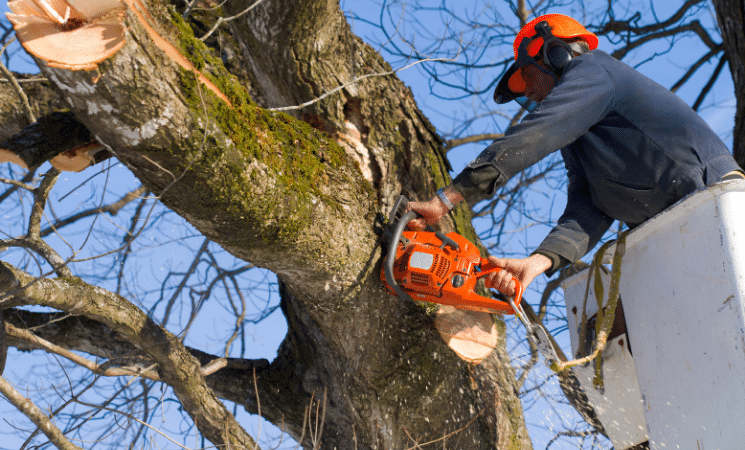Introduction to Tree Pruning types
Tree pruning is more than just snipping branches; it’s a strategic way to care for trees, encouraging them to grow strong, look beautiful, and stay safe. Whether you’re a homeowner or a gardener, understanding different types of tree pruning will help you make informed decisions.
Why Pruning Is Important
Pruning isn’t just for appearance—it helps prevent disease, removes hazardous branches, and improves tree structure. When done correctly, pruning promotes longevity, making trees safer and healthier.
Types of Tree Pruning
Let’s explore the main types of tree pruning and their specific purposes.

Structural Pruning Structural pruning focuses on developing a strong, balanced tree structure. This is especially important for young trees to prevent issues as they mature.
Thinning
Thinning reduces the density of the tree’s canopy by removing branches. This allows light and air to circulate, promoting healthier growth and reducing the risk of disease.
Raising
Raising involves removing lower branches to provide clearance under the tree. This is particularly useful for trees near walkways, streets, or buildings.
Reduction
Reduction pruning decreases the size of a tree, often by cutting back the crown. This technique is used when trees become too large for their location.
Cleaning
Cleaning removes dead, dying, or diseased branches to improve tree health. It’s the most common form of pruning and is essential for all trees.
Restoration
Restoration pruning helps to repair damage, usually on trees that have been neglected or improperly pruned in the past.
Understanding Each Pruning Type in Detail
Let’s dive deeper into each type of pruning to understand when and how to use them.
Structural Pruning
Purpose: Structural pruning is used to create a strong foundation, especially for young trees, so they can grow well without structural problems.
Ideal Trees for Structural Pruning: This is best for young trees and certain species that need guidance in shape, such as oaks and maples.
Thinning
Benefits of Thinning: Thinning helps increase light penetration and airflow within the canopy, which reduces the chances of fungal diseases and improves overall tree health.
Best Practices: Remove no more than 25% of a tree’s canopy in one thinning session, focusing on weak or crowded branches.
Raising
When to Use Raising: Raising is ideal when you need to create space beneath the tree for safety or aesthetic reasons.
Safety Considerations: Avoid over-pruning lower branches, as this can impact the tree’s stability.
Reduction
How Reduction Works: Reduction pruning involves cutting back larger branches, often to reduce a tree’s height or width.
Impact on Tree Health: While reduction is sometimes necessary, it should be done sparingly, as excessive reduction can stress the tree.
Cleaning
Common Uses for Cleaning: Cleaning is great for trees that have many dead or damaged branches. It’s a simple way to keep trees healthy and visually appealing.
How to Perform Cleaning Safely: Use sharp, sterilized tools to avoid spreading disease.
Restoration
What Restoration Involves: Restoration pruning can help restore a tree’s shape and health after years of neglect or improper pruning.
When Restoration Is Necessary: Trees that have been storm-damaged or improperly pruned often benefit from restoration.
When to Prune Your Trees
Timing matters in tree pruning! Typically, late winter or early spring is best, but some trees may benefit from summer pruning to control growth.
Tools You Need for Pruning
A few essential tools include pruning shears, loppers, saws, and a pole pruner for tall trees. Make sure your tools are sharp and sanitized.
Safety Tips for Tree Pruning
Wear protective gear, including gloves, goggles, and a hard hat. Always use a stable ladder, and never attempt to prune branches near power lines without professional help.
Pruning Techniques for Different Seasons
Pruning in Spring: Ideal for trees that bloom in summer, as it promotes growth.
Pruning in Summer: Useful for slowing down vigorous growth in fast-growing trees.
Pruning in Fall: Avoid pruning in fall to reduce disease risk, as trees are more susceptible in damp weather.
Pruning in Winter: Often the best time for most trees, as they are dormant and less likely to be stressed.
Tree Species and Their Pruning Needs
Different trees have unique pruning needs. Fruit trees, for example, often require thinning and shaping, while ornamental trees may need regular cleaning to maintain their form.

The Benefits of Professional Pruning Services
Hiring professionals ensures safety, expertise, and quality. They have the tools, experience, and knowledge to care for your trees effectively.
DIY vs. Professional Pruning: Which is Better?
While DIY pruning can be rewarding, it’s not suitable for everyone. Complex jobs, large trees, or pruning near power lines are best left to professionals.
Common Mistakes to Avoid in Tree Pruning
Some common mistakes include over-pruning, neglecting tree health, and pruning at the wrong time of year. Avoid these errors for healthier, longer-lasting trees.
Environmental Impact of Tree Pruning
Proper pruning promotes healthy growth, which helps trees store more carbon and contribute positively to the environment. However, excessive pruning can have the opposite effect, harming the ecosystem.
Conclusion
Pruning is a valuable tool for maintaining healthy, attractive, and safe trees. By understanding the different types of tree pruning, you can decide what’s best for your landscape and ensure your trees thrive for years to come.
